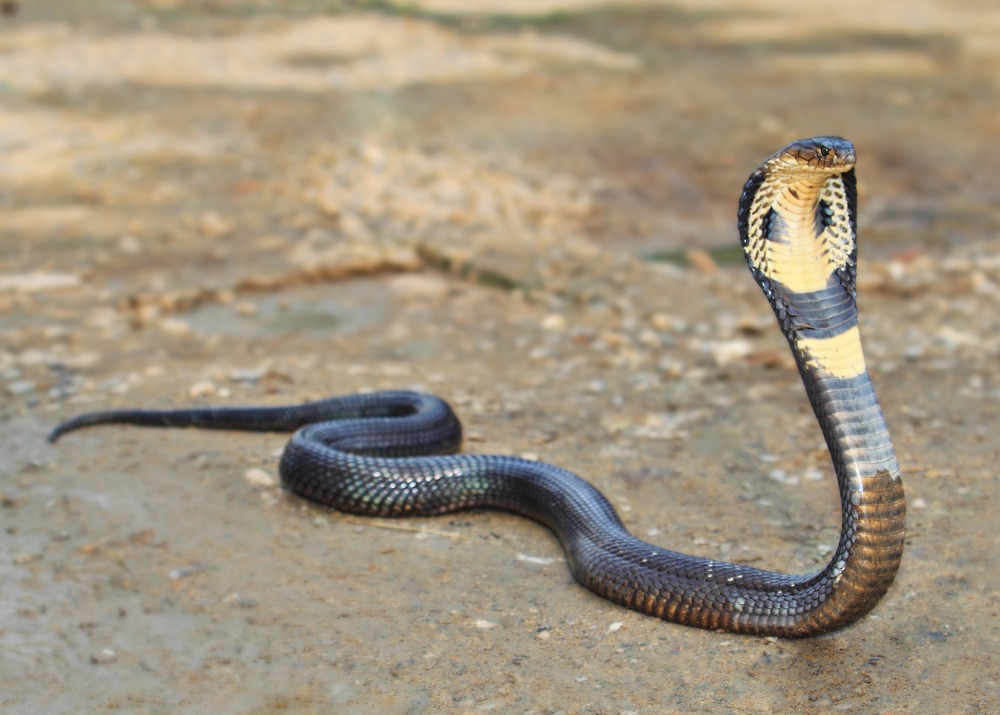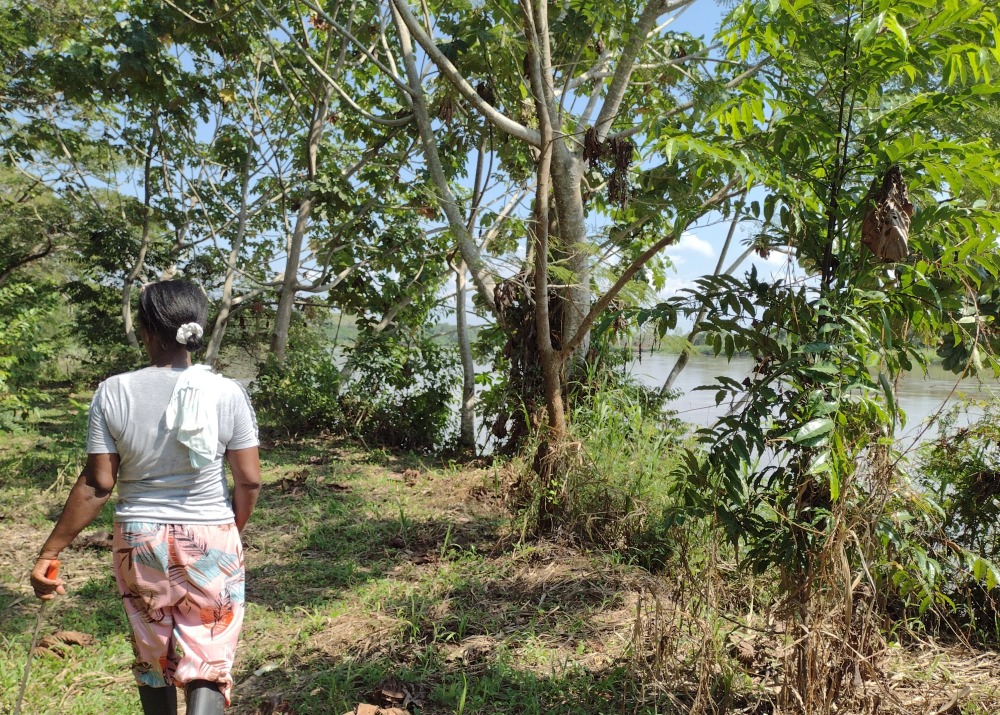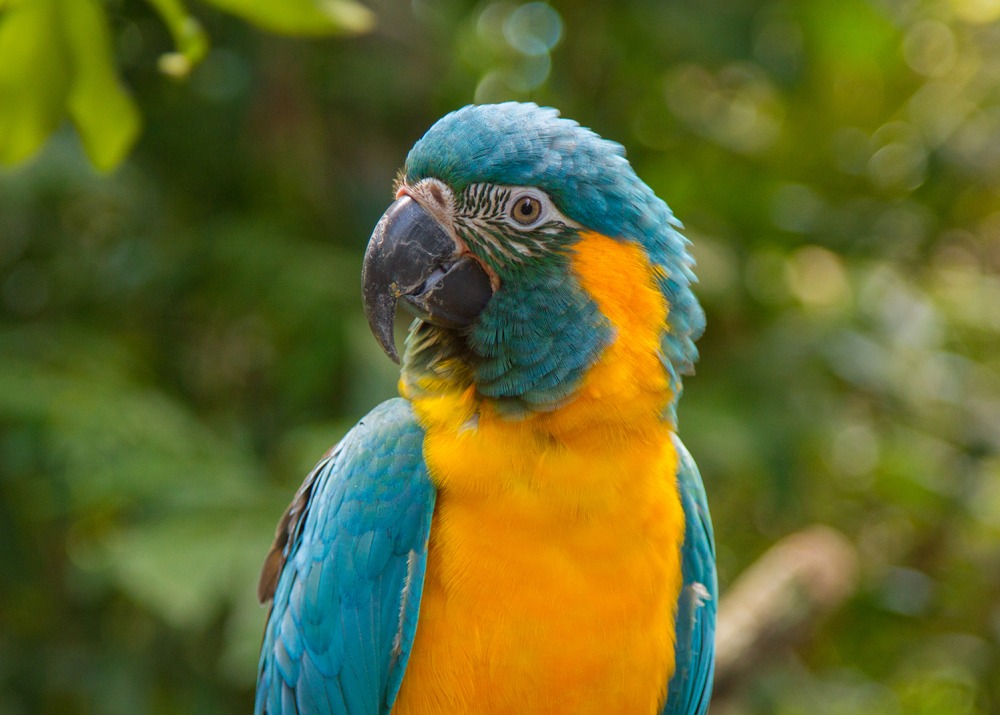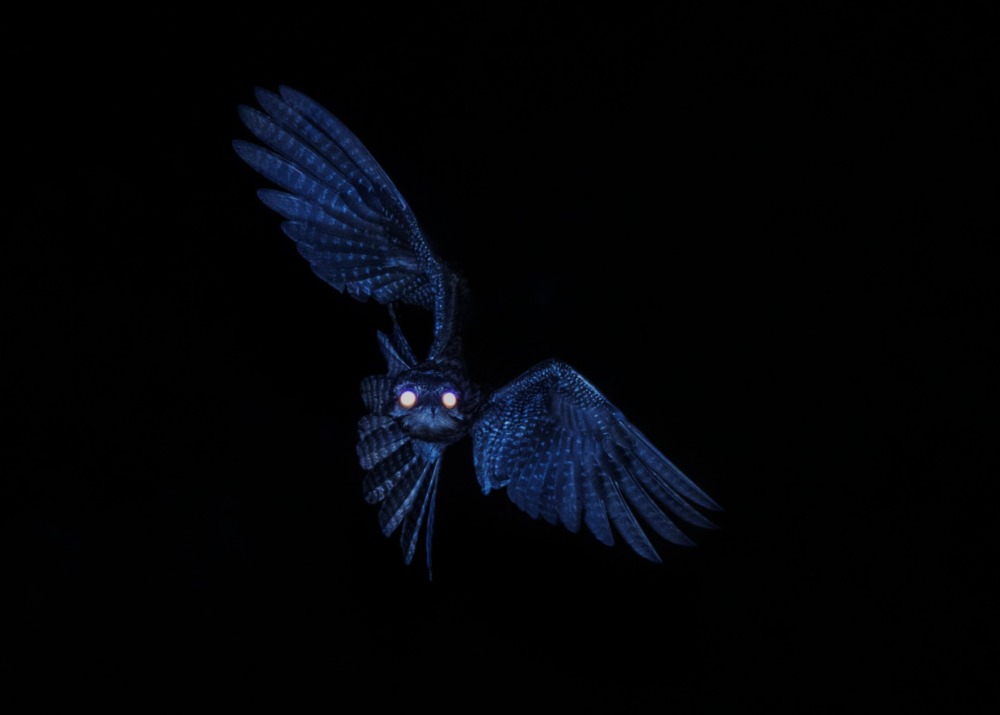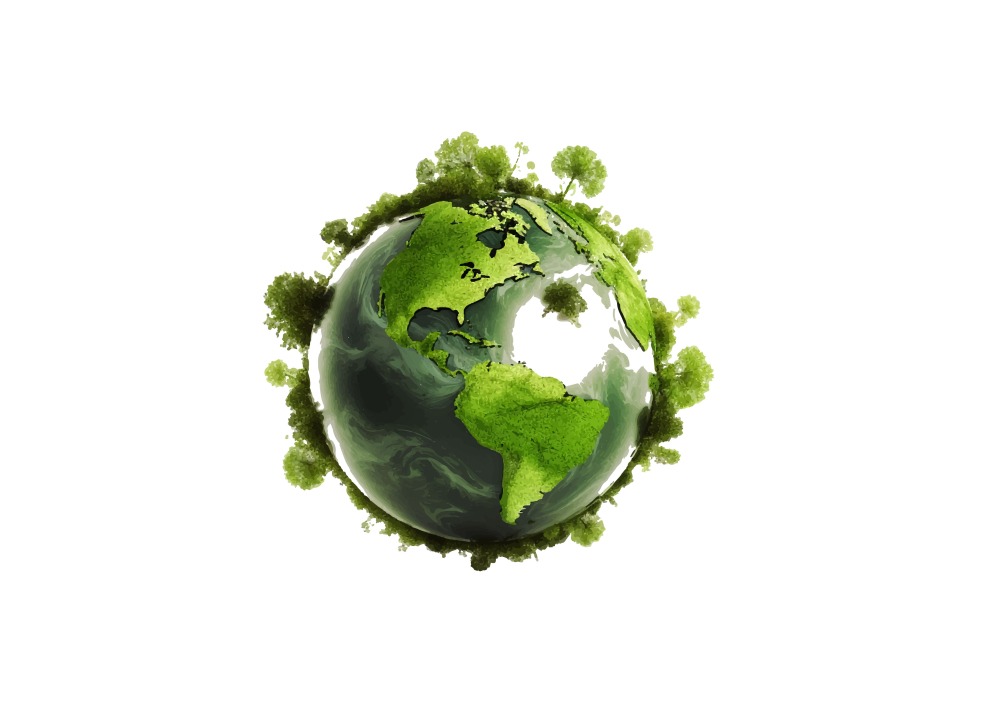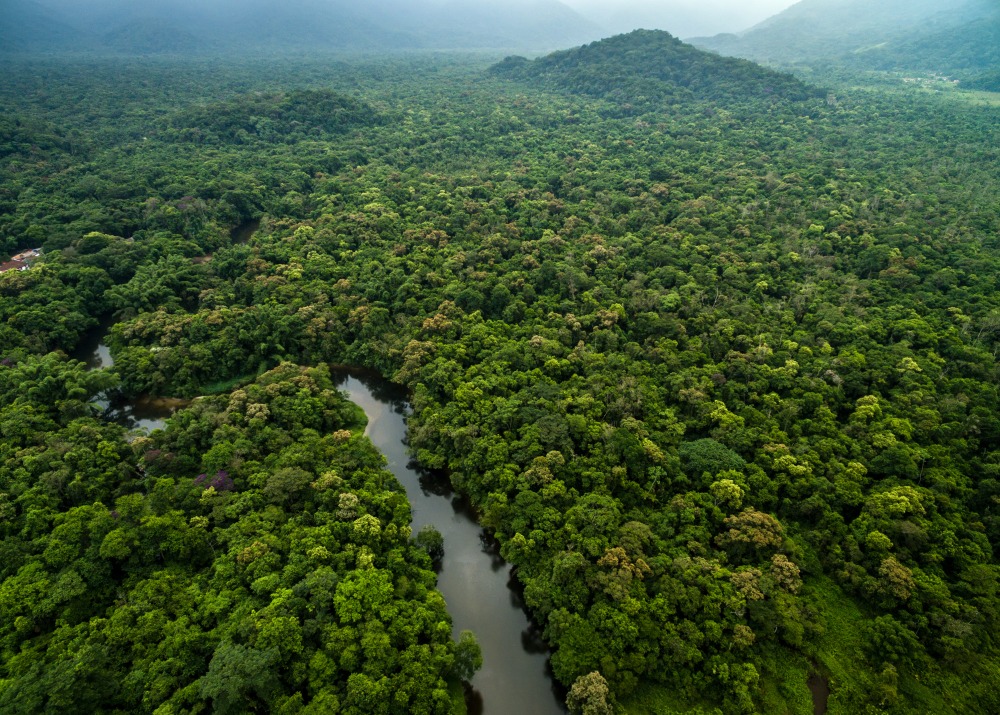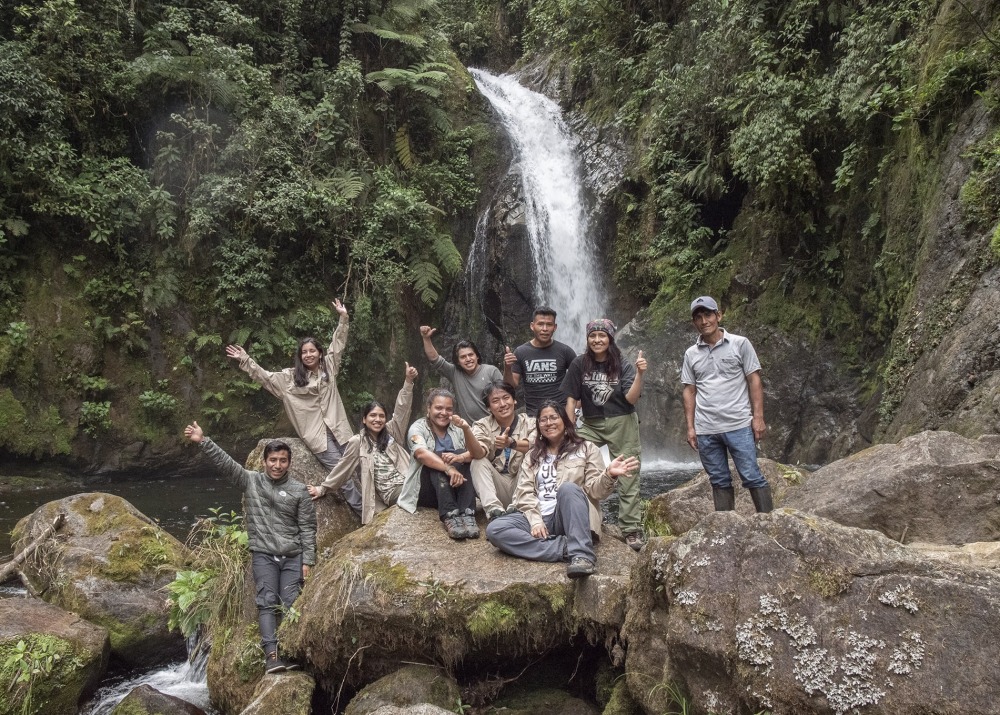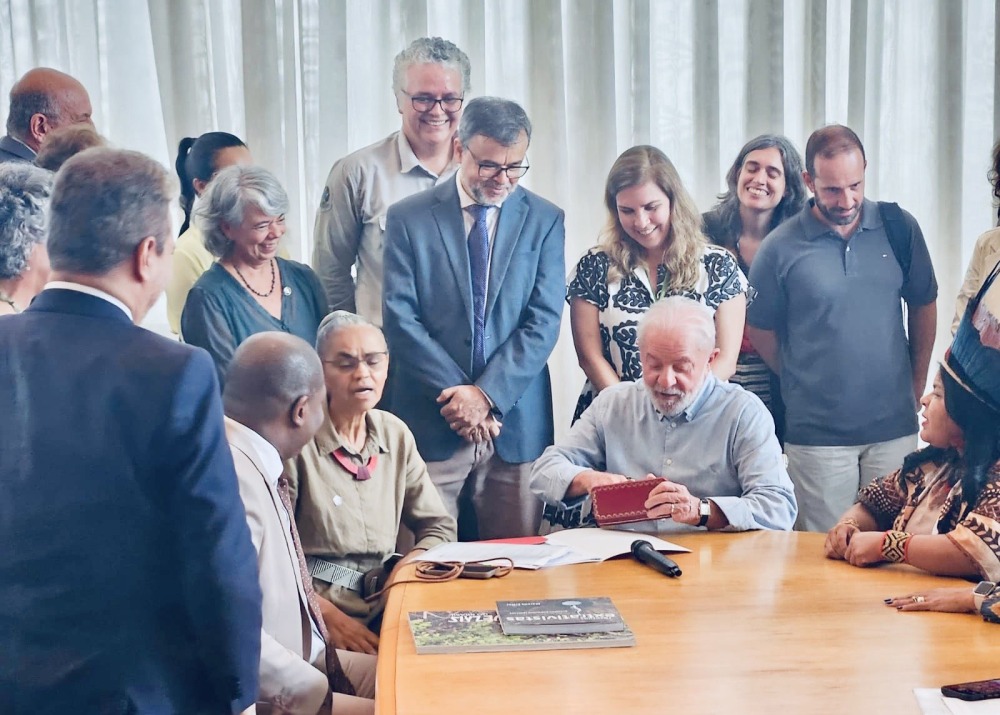An Earth Day Letter from Our CEO
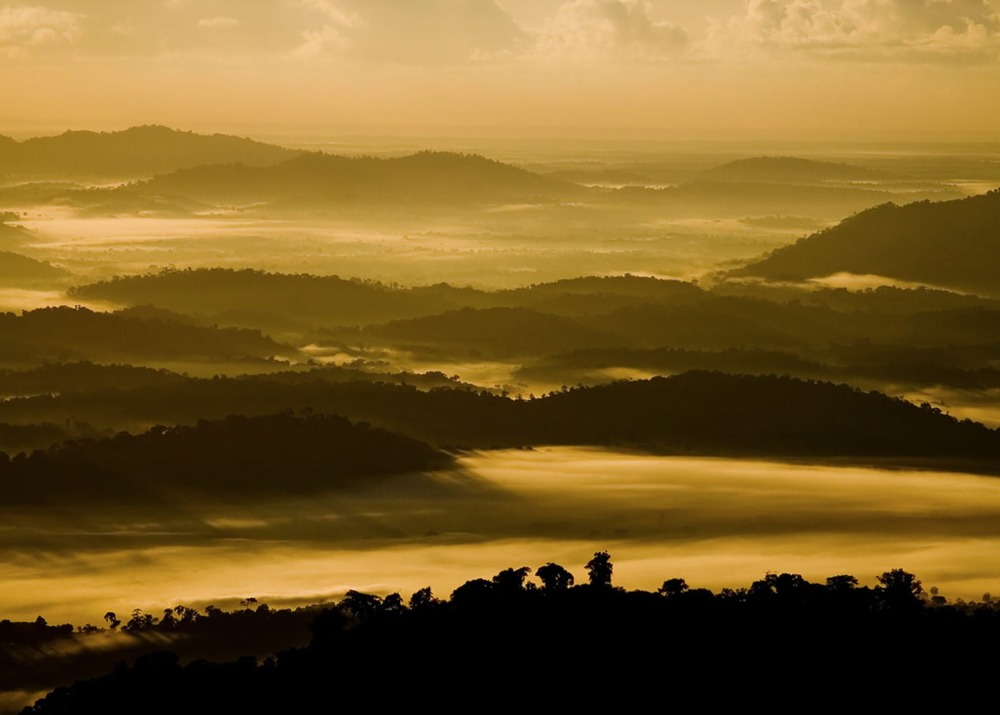
Dear Friend,
When I was a zoology student, my supervisor used to say that being a conservationist was like being a dentist—the best you could hope for was to slow the rate of decay. And indeed there is plenty of bad news in conservation—a million species facing extinction, an area the size of Belgium deforested in the Brazilian Amazon over the past four years.
But this Earth Day, April 22, 2023, I can honestly say I’m optimistic. Three big things happened over the past few months that give me hope we can rethink our relationship with nature, stop and eventually reverse deforestation, and save many of those million species.
First, 196 countries, all signatories to the global treaty on biodiversity (indeed everyone except the Vatican and the USA—but that’s another story), committed in Montreal to protect 30% of the planet’s lands and oceans by 2030. That’s almost a third of the world saved for nature, just seven years away. While many of us worked hard for this commitment, it still seemed a long-shot—until it happened.
But, you might ask, do these international agreements mean anything? Is there any enforcement mechanism? Won’t some countries cheat? All valid questions, but in my experience these agreements, though not perfect, can make a huge difference when they are quantitative and achievable. After committing at UN conferences in the 1990s to protecting 10% of their lands and waters, Presidents Bongo of Gabon and Ravalomanana of Madagascar came through with a flurry of new parks and reserves, in Gabon exceeding the 10% target through creation of a whole new system of national parks.
At the last big biodiversity conference in Aichi, Japan, the countries of the world committed to protecting 17% of land and 10% of seas by 2020, among many other things. And though the world didn’t quite make it, we got close. The 2020 meeting was delayed because of Covid, and by the time the nations met in 2022, 16% of land and 8% of seas had been protected. The global commitment clearly motivated many countries, such as Canada and Colombia, to create protected areas in advance of the meeting.
Of course, creating protected areas is just the beginning. They need to be funded and managed, and communities need to benefit, and supply chains need to be cleaned up, and—the elephant in the room—climate change needs to be slowed. But since habitat destruction is the number one cause of extinction, protected area creation is the critical first step.
And the biggest opportunity to create protected areas right now is in the Brazilian Amazon. Indeed, my second cause for optimism was the decision by the Brazilian people to toss out President Jair Bolsonaro and bring back Luiz Inácio Lula da Silva. Lula oversaw an 80% reduction in deforestation in the Amazon during his previous two terms, 2004-2012. That resulted in, among other things, the largest ever cut in a major country’s greenhouse gas emissions. His successors had different agendas. Bolsonaro campaigned on a pledge that no new Indigenous territories or protected areas would be created on his watch, and he kept that pledge. He encouraged cattle farmers to invade Indigenous lands, and an area of forest the size of Belgium burned.
Lula has pledged a total halt to Amazon deforestation by 2030, created a new Ministry of Indigenous Peoples, and brought back his courageous Amazonian Environment Minister, Marina Silva. She told a group of conservationists in Washington DC (I was privileged to be there) that the government aimed to legally protect the remaining 29% of the Brazilian Amazon that is government owned, intact, but not yet designated for any particular use. Saving this 29% might just be enough to pull the Amazon back from its tipping point, keep the rainwater recycling, and safeguard the stability of the climate across South America and beyond.
And maybe there will be few enough of us on this planet to enjoy the climate and live sustainably. Because the third piece of good news came just weeks ago with the results of an expert study by the Club of Rome predicting that the human population on Earth would peak in the middle of this century at 8.8 billion and then decline to 7.3 billion by 2100. The current human population is about 8 billion and previous projections suggested peaks of 9.7 billion or much more.
This is incredibly good news for the environment–and indeed for the future of all species on Earth, very much including our own. And it should really motivate us to act. So long as the human population keeps growing, so does the pressure on food production, land, water, energy—everything. That doesn’t mean we can’t make progress on conservation, but it is super hard, like being a dentist fighting tooth decay. If the population of our species keeps growing throughout this century, then the challenges to conservation will be immense. But if we can see a light at the end of the tunnel, a time when our resource needs will actually be shrinking, then that can motivate us to act now.
We really are the critical generation. If we can save species from extinction now, and habitat, and functioning ecosystems, and get past this human population peak, then future generations, whose job will be easier, will thank us forever. We need to be like the marathon runner who can see the finish line and finds the energy, from somewhere, to reach it.
So maybe my supervisor will eventually be proved wrong and conservationists will do much more than stem the rate of decay—instead helping build a verdant future that could last millenia. This Earth Day, as we struggle with all the bad news and challenges, that gives me hope.
With gratitude, Dr. James C. Deutsch
Dr. James C. Deutsch
CEO, Rainforest Trust
“But if we can see a light at the end of the tunnel, a time when our resource needs will actually be shrinking, then that can motivate us to act now… We need to be like the marathon runner who can see the finish line and finds the energy, from somewhere, to reach it.”

Sign up to receive the latest updates
"*" indicates required fields


